In the last 15 years . . .
Something doesn’t add up . . .
The University of Pittsburgh is a world class teaching and research institution. Of course, excellence requires investment. That is why it is not surprising to see that Pitt has accumulated significant financial resources. With an 89% increase (adjusted for inflation) in tuition since 2001-2002 for in-state students, Pitt is pricing their education at a world-class level.[1] At the same time, Pitt’s endowment has grown to more than 3.5 billion dollars, a 162% increase (inflation adjusted) over the same time period.[2] In terms of accumulated resources, the University of Pittsburgh seems well positioned to compete with peer institutions in higher learning.
However, instructional spending is lagging behind the University’s increased financial might. While total revenue for the university is up 51% since 2001, instructional expenses are up by only 20%.[3] This category of expenses includes faculty salaries and benefits, but also accounts for spending on classroom and laboratory facilities, plus interest and depreciation on those facilities. While the administration has not been forthcoming with details about how this 20% increase was apportioned, it is safe to say that increases in revenues have not translated to proportional increases in faculty compensation. This reflects two factors. One is Pitt’s decision to rely on cheap labor from part-time and full-time non-tenure-stream faculty, along with graduate students. The second is an unwillingness to give regular raises that account for even basic changes in the cost of living. The consequence is that while a Pitt student today might be paying 89% more than their predecessors a decade and a half ago, they are more likely than ever to be in a class taught by economically precarious, contingently employed, and undercompensated teachers.
Pitt undergraduates are paying world class prices. They deserve to have more of their tuition dollars go into fair, reliable, and significant compensation for those teaching them in the classroom. Even a modest increase in compensation drawn from the increased tuition in the last decade and a half could go a long way towards making Pitt’s hardworking, talented, and world-class faculty have a little more stability and job security.
- In-state tuition at Pitt has increased 89%
- Pitt’s endowment has increased 162%
- Instructional spending per FTE student, including faculty salaries, has increased by only 20%
Something doesn’t add up . . .
The University of Pittsburgh is a world class teaching and research institution. Of course, excellence requires investment. That is why it is not surprising to see that Pitt has accumulated significant financial resources. With an 89% increase (adjusted for inflation) in tuition since 2001-2002 for in-state students, Pitt is pricing their education at a world-class level.[1] At the same time, Pitt’s endowment has grown to more than 3.5 billion dollars, a 162% increase (inflation adjusted) over the same time period.[2] In terms of accumulated resources, the University of Pittsburgh seems well positioned to compete with peer institutions in higher learning.
However, instructional spending is lagging behind the University’s increased financial might. While total revenue for the university is up 51% since 2001, instructional expenses are up by only 20%.[3] This category of expenses includes faculty salaries and benefits, but also accounts for spending on classroom and laboratory facilities, plus interest and depreciation on those facilities. While the administration has not been forthcoming with details about how this 20% increase was apportioned, it is safe to say that increases in revenues have not translated to proportional increases in faculty compensation. This reflects two factors. One is Pitt’s decision to rely on cheap labor from part-time and full-time non-tenure-stream faculty, along with graduate students. The second is an unwillingness to give regular raises that account for even basic changes in the cost of living. The consequence is that while a Pitt student today might be paying 89% more than their predecessors a decade and a half ago, they are more likely than ever to be in a class taught by economically precarious, contingently employed, and undercompensated teachers.
Pitt undergraduates are paying world class prices. They deserve to have more of their tuition dollars go into fair, reliable, and significant compensation for those teaching them in the classroom. Even a modest increase in compensation drawn from the increased tuition in the last decade and a half could go a long way towards making Pitt’s hardworking, talented, and world-class faculty have a little more stability and job security.
|
|
[1] Data on tuition derived from the Pitt Fact Book, available at http://ir.pitt.edu/facts-publications/factbook/. These same data show a 40% increase in tuition for out-of-state students.
[2] Data on the endowment derived from the IPEDS Fiscal Year 2016 Consolidated Financial Statement, available at http://www.cfo.pitt.edu/documents/FinancialReportFY2016.pdf
[3] Pitt Fact Book
[2] Data on the endowment derived from the IPEDS Fiscal Year 2016 Consolidated Financial Statement, available at http://www.cfo.pitt.edu/documents/FinancialReportFY2016.pdf
[3] Pitt Fact Book
#doesntaddup

